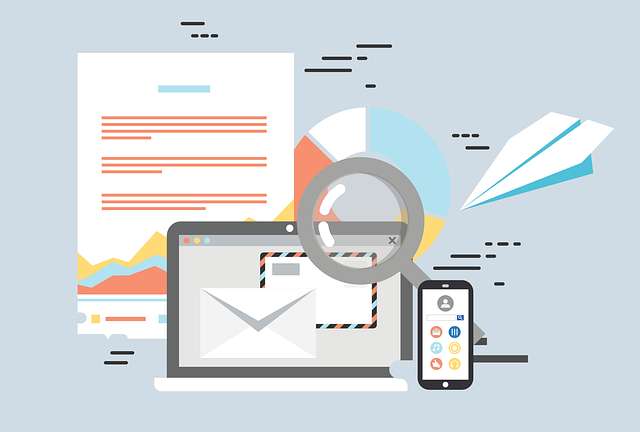AI audits, crucial for secure and compliant AI deployment, leverage automation tools to swiftly identify deviations from safety protocols, mitigate risks like data bias, and ensure transparency. Automation technologies streamline processes by handling repetitive tasks, enabling real-time monitoring of AI models' behavior, and facilitating timely AI safety announcement automation—a best practice enhancing compliance and efficiency. This integrated approach provides detailed communication logs, promotes proactive safety management, and keeps stakeholders informed about updates, thereby revolutionizing the audit landscape.
In today’s digital era, AI audits play a pivotal role in ensuring the safety and compliance of artificial intelligence systems. These rigorous evaluations track procedures, identify risks, and maintain ethical standards. With the rise of AI, automation has become an indispensable tool, enhancing efficiency in audit processes. This article explores “Understanding AI Audits,” delves into “Automation’s Impact,” and provides “Best Practices” for implementing effective AI safety announcement automation to safeguard against potential pitfalls.
- Understanding AI Audits: The Role in Ensuring Safety and Compliance
- Automation's Impact: Enhancing Efficiency in AI Audit Processes
- Best Practices for Implementing AI Safety Announcements Through Automation
Understanding AI Audits: The Role in Ensuring Safety and Compliance

AI audits are pivotal in ensuring the safe and compliant implementation of artificial intelligence systems. These audits go beyond mere inspection; they meticulously evaluate every aspect of AI development, from data handling to algorithmic decision-making. By leveraging advanced automation tools, auditors can swiftly identify anomalies or deviations from established safety protocols, allowing for immediate corrective actions.
The role of AI audits is multifaceted. They safeguard against potential risks associated with AI technologies, such as bias in data or algorithmic outcomes. Furthermore, they promote transparency and accountability by providing clear evidence of compliance with regulatory frameworks. As the field of AI continues to evolve rapidly, regular and robust audits become indispensable in ensuring that automation serves its purpose while maintaining safety standards across industries.
Automation's Impact: Enhancing Efficiency in AI Audit Processes

The integration of automation in AI audit processes has revolutionized the way compliance and safety procedures are tracked, ensuring faster and more accurate results. Automation technologies can efficiently handle repetitive tasks, such as data collection, verification, and reporting, significantly reducing human error and processing time. With automated systems, organizations can promptly identify and rectify discrepancies, enhancing overall AI safety measures.
This technological advancement allows for real-time monitoring of AI models’ behavior, enabling auditors to make informed decisions based on data insights. Through automation, the entire audit process becomes more streamlined, making it easier to adapt to evolving industry standards and regulations. As a result, organizations can issue timely AI safety announcements, keeping stakeholders informed about updates and enhancements in their AI practices.
Best Practices for Implementing AI Safety Announcements Through Automation

Implementing AI safety announcements through automation is a best practice that significantly enhances compliance and operational efficiency. By leveraging automated systems, organizations can ensure consistent and timely delivery of critical safety information to all relevant stakeholders. This includes employees, contractors, and even visitors, as AI-powered tools can adapt messages based on roles, locations, and real-time data. For instance, automated announcements can alert workers about changing safety protocols, weather conditions affecting operations, or specific hazards in their area, ensuring everyone remains informed and prepared.
Automation also streamlines the audit process by providing detailed logs of all AI safety communications. This digital record-keeping facilitates quick verification of compliance, allowing auditors to focus on more complex issues rather than manually tracking paper-based or dispersed notifications. Moreover, integrating AI safety announcement automation with existing health and safety management systems enables a holistic view of operational risks, fostering a culture of continuous improvement and proactive safety management.
AI audits, by tracking compliance and safety procedures through automation, play a pivotal role in ensuring the responsible development and deployment of AI technologies. By streamlining processes with AI safety announcement automation, organizations can enhance efficiency, maintain regulatory compliance, and foster a culture of transparency and accountability. Implementing best practices for AI audit automation not only strengthens data integrity but also paves the way for innovative, ethical AI applications that benefit society as a whole.
